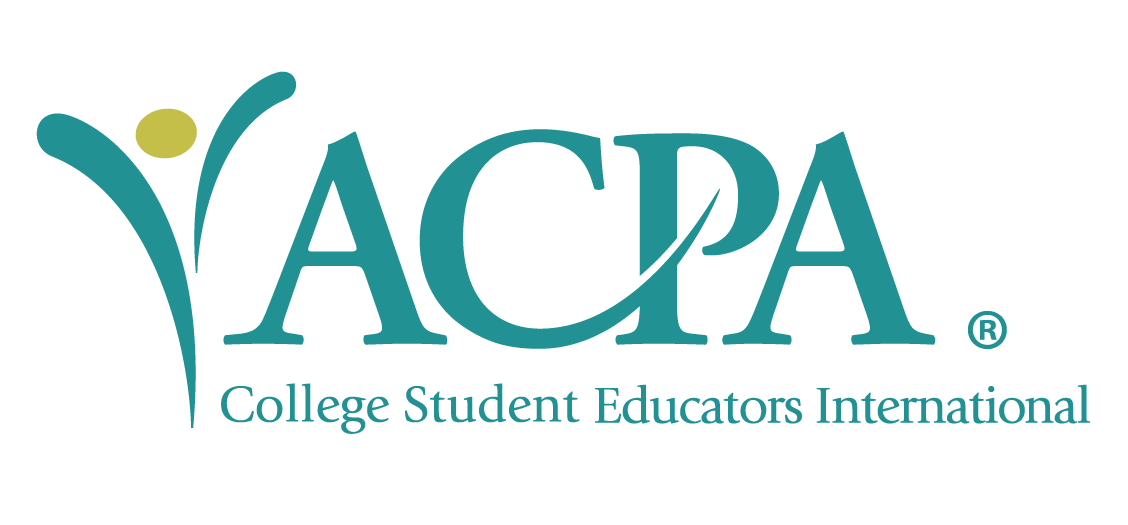By Ms Dian Bailey
Doctoral Candidate, School of Education, UWI Mona Campus
Student Services and Development Manager, UWI Mona Campus
Social innovation is an emerging concept. Despite its varied definitions, the commonality is that it is a process that leads to positive social change. It provides solutions to not just localized social issues but those that are structural and systematic. It involves the empowerment of people and leads to change that fosters sustainable social inclusion. Social innovation can also be defined as a novel solution to a social problem that is effective, efficient, sustainable and benefits society rather than the individual. (Phills et al, 2008; Fougère, 2017). Social innovation is a process.
There are many issues that face societies and if these are addressed, we would inevitably improve our society and its ability to be sustainable, ensuring a quality life for our present and future generation. It is therefore imperative that efforts be made to drive change in our structures, organization and policies to alleviate the social ills we face.
Higher education institutions have a triad mission: teaching, research and public service. Secondary to that, our institutions have a responsibility to ensure the development of values, morals, ethics, and civic understanding in our students (Curtin, 2001). Community service and service learning plays a critical role in helping to shape our graduates to become change agents and be functional citizens that are problem solvers. In designing community service and service-learning opportunities for students in higher education institutions, a paradigm shift is required. We must do more than engage individuals and groups and implement strategies and policies that seek to improve society.
Feeding the homeless is a common outreach activity done by many of our students. However, there is no real plan to solve the actual issue. The individual is given a meal but they remain homeless and still must ponder where their next meal will come from. What if student services practitioners guide students in developing strategies that will help these individuals in the long-term rather that short-term. While we cannot negate, the short-term resolves such as providing a bed at nights and food to these individuals, more must be done to ensure that they can become independent members of society. The questions must be asked, what might be the cause of homelessness and make efforts to solve the problem? If an individual is homeless due to job loss, would it not be better to advocate for the development of social policies that aid this disenfranchised group, have a job placement bank or an entrepreneur start-up fund that will help these individuals to earn and become independent members of society.
Conclusion
What social innovation means for student services practitioners? It means that as we revolutionize our practice, we need to be more strategic in designing student engagement that seeks to bring about social change. Students should become advocates and help to develop strategies and policies that provides long-term solutions. The practice should be sustainable, improve the quality of life for all and work towards improving the society. This process-driven engagement will be more useful in helping to develop our students in civic responsibility and creating a better world for all.
References
Phills, J. A., Deiglmeier, K., & Miller, D. T. (2008). Rediscovering social innovation.
Stanford Social Innovation Review, 6(4), 34-43.
Fougère, M., Segercrantz, B., & Seeck, H. (2017). A critical reading of the European
Union’s social innovation policy discourse:(Re) legitimizing neoliberalism. Organization, 24(6), 819−843.
Curtin, M. (2001) The Effects of Membership in Residential Learning Communities, Journal
of College and Character, 2(11), 1-7

